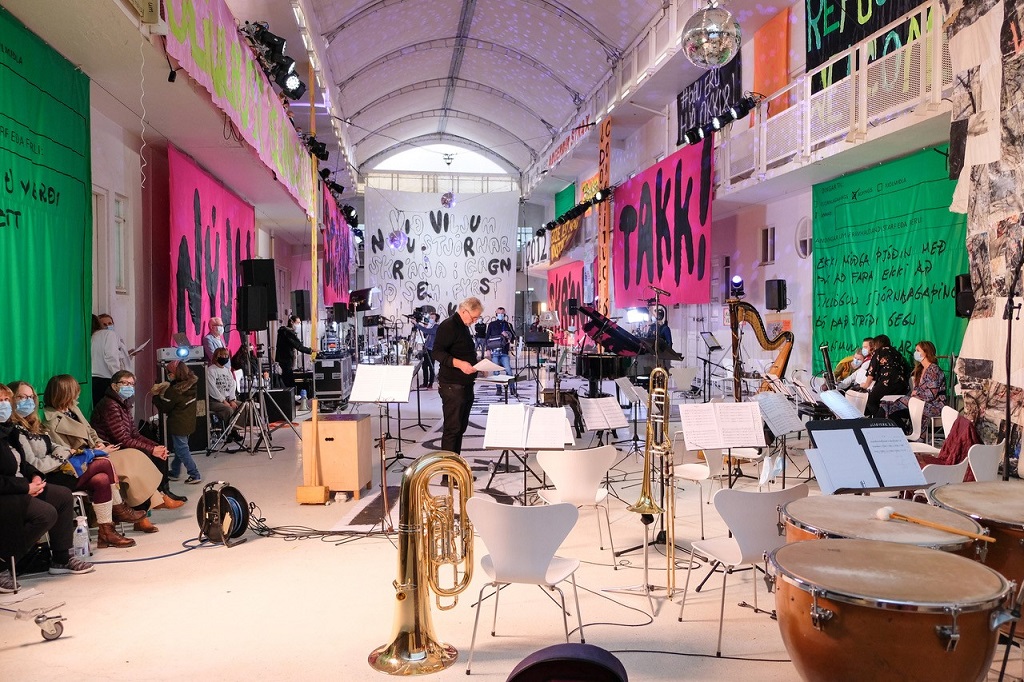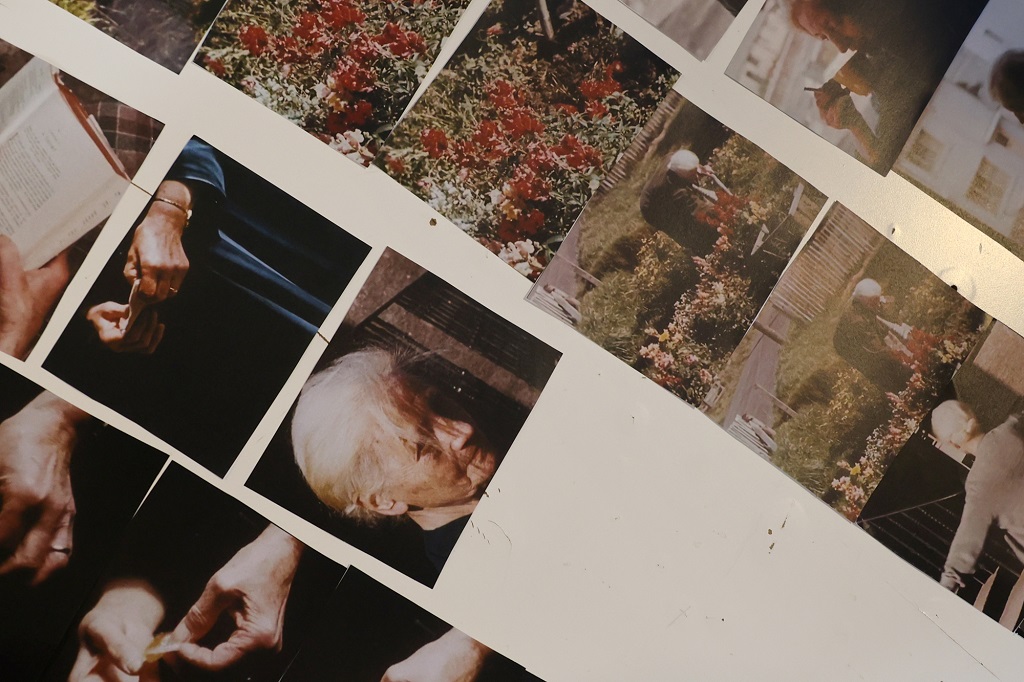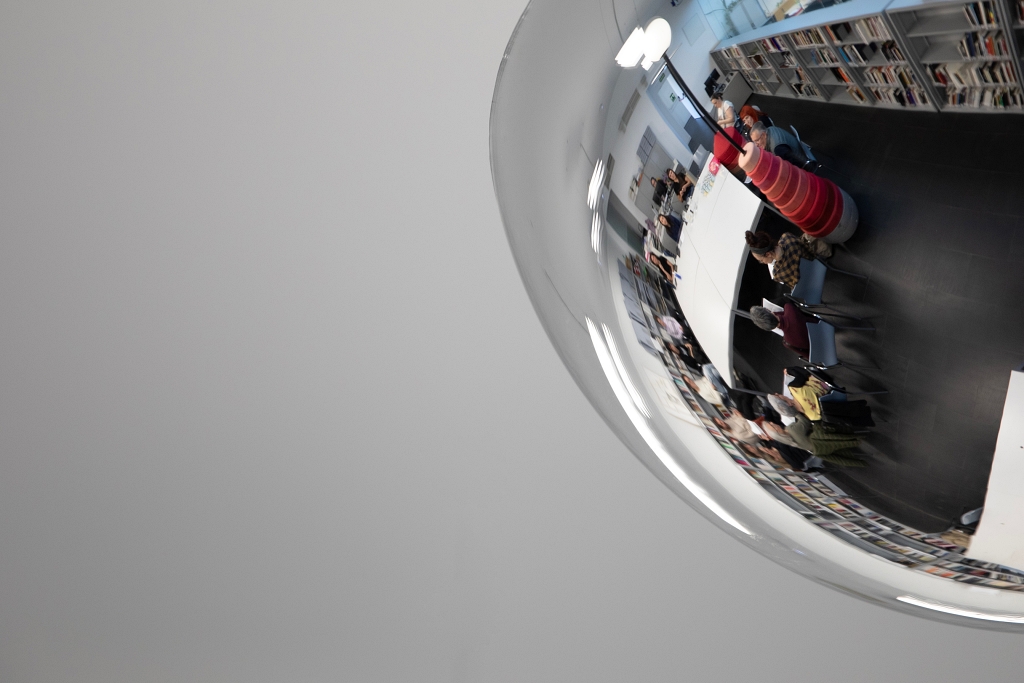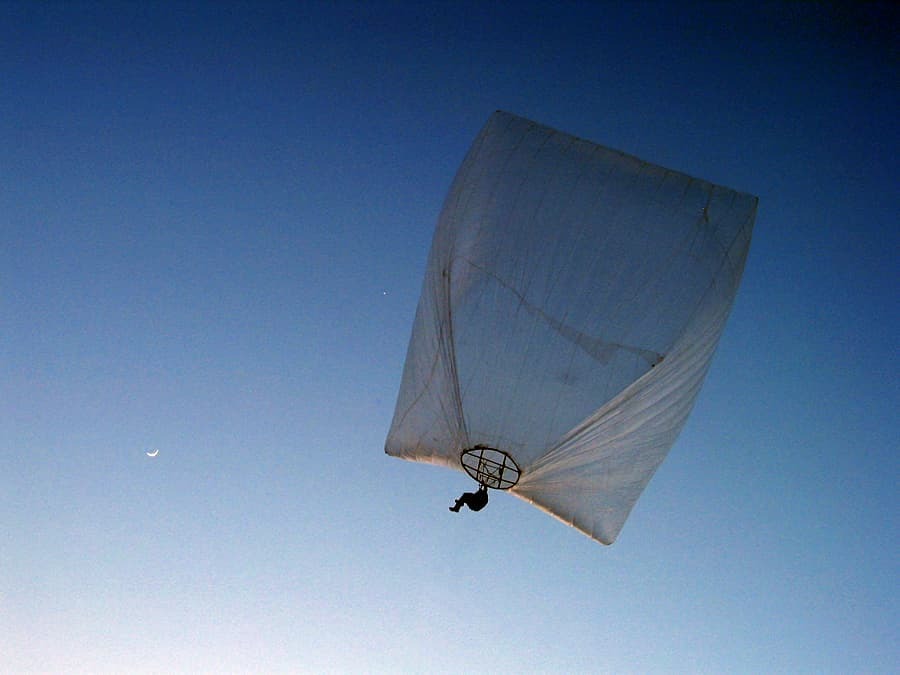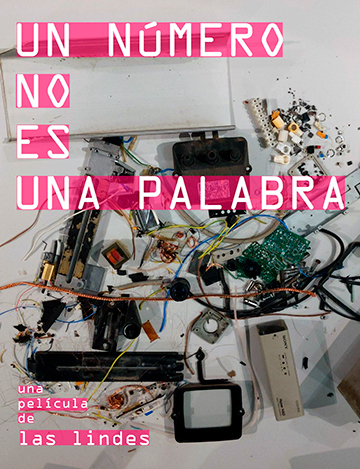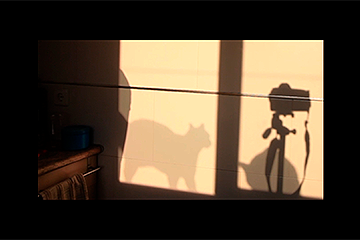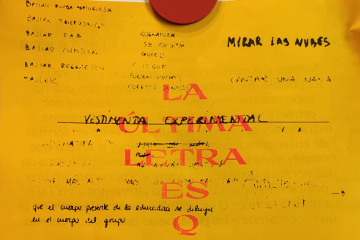Some time back, the artist Jorge Satorre had the chance to enter a fascinating space within a factory. Invited to develop a project there, after hours of exploration his attention was drawn to a place that the employees called ‘the darkroom’. For more than twenty years, this space had been used as a repository of moulds and tools that had been discarded or replaced by more precise, productive ones. It was a hidden museum of objects that are equal parts obsolete and valuable, an archive of the factory’s unofficial history.
Jorge’s project reminds us of those spaces in schools that store objects and tools that were used in the classrooms at some point but have now been replaced or thrown out: overhead projectors, technical drawing tools, art supplies, old computers and screens… all inventoried and stored, awaiting an uncertain fate.
What do these collections of discards tell us about the productivity of educational spaces? What stories do these hidden places harbouring what was once useful tell us?
This class began by inviting the artist Jorge Satorre to hold a performance and education workshop targeted at teachers, educators and artists interested in education. For one week, we’ll work together to tighten our bonds of collaboration and reflect together on the performativity of education, on what we keep, what we get rid of and what this says about us.
We suggest joining together in a process of inquiry and collective action. We’ll visit those strange spaces, inventory them, reclassify them and, by doing so, try to go further. The goal is not only to rediscover what has been forgotten but also to understand what all of this reveals about our own educational processes and how we value knowledge and creativity.
This class began by inviting the artist Jorge Satorre to hold a performance and education workshop targeted at teachers, educators and artists interested in education.
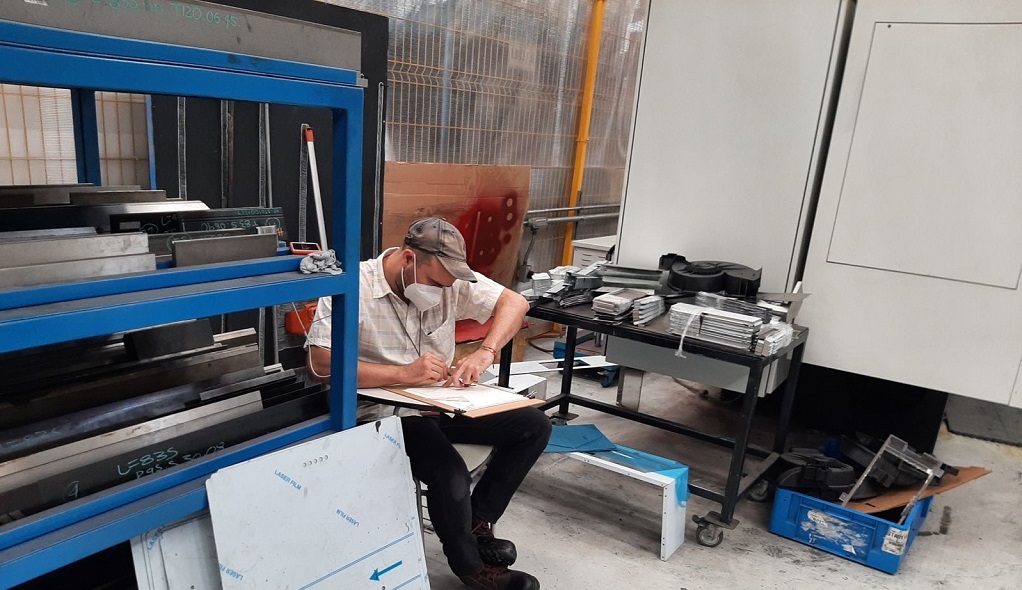
Picture: "Pelusa", Jorge Satorre.
